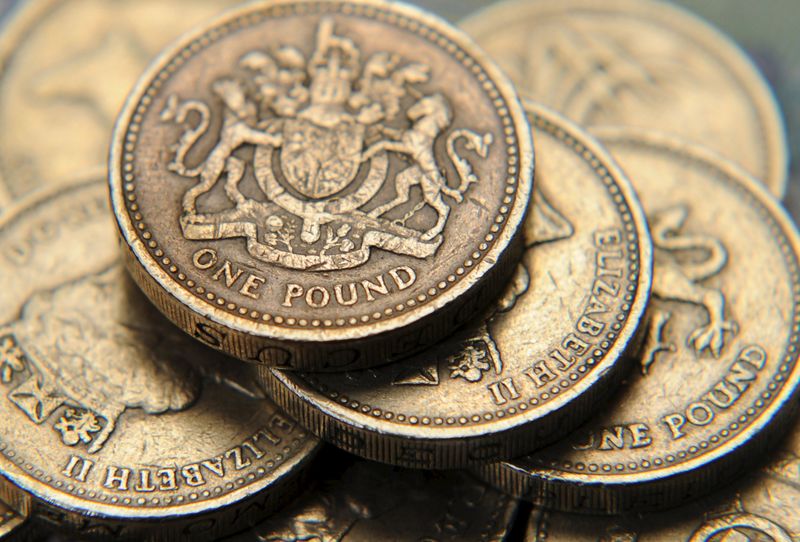Investing.com - The pound extended losses on Thursday, falling more than 1% against the dollar after a dovish Bank of England quarterly inflation report signaled that interest rates are likely to remain on hold for an extended period.
GBP/USD was last down 1.04% to 1.5225, the weakest since October 13 from around 1.5389 earlier.
The drop in the pound came after the inflation outlook said because of recent falls in oil and other commodity prices, “inflation is likely to remain lower than previously expected until late 2017” and return to the government-set target of 2% in around two years’ time.
The bank also said the strong pound will continue to push down on inflation and this effect will only slowly diminish.
The BoE cut its forecasts for economic growth and inflation in 2015 and 2016, noting that the weaker outlook for global economic growth posed downside risks to the U.K. economy.
The BoE’s Monetary Policy Committee voted eight-to-one to keep rates on hold and made no changes to its £375 billion asset-purchase program.
The minutes of the BoE’s meeting said most policymakers believed underlying price pressures “were not strong enough to justify” tightening.
Sterling extended losses after BoE Governor Mark Carney said that while the MPC did not consider cutting rates today, rates could be cut below current levels if needed.
EUR/GBP was up 1.13% to 0.7143 from 0.7065 ahead of the BoE report.
Demand for the dollar continued to be underpinned by heightened expectations for a December rate hike by the Federal Reserve.
The dollar rallied on Wednesday after Fed Chair Janet Yellen said that the U.S. economy was performing well, and that December would represent a “live possibility” for raising interest rates if upcoming economic data supported it.
Separately, New York Fed President William Dudley said he would "completely agree" with Yellen that December is a "live possibility" for a rate lift-off.
In the U.S. data on Thursday showed that while initial jobless claims posted the largest increase in eight months last week they remained in territory consistent with a strengthening labor market.
The Labor Department said the number of first time claims for state unemployment benefits rose 16,000 to 276,000 for the week ended October 24.
Another report showed that U.S. nonfarm productivity rose unexpectedly in the third quarter, while manufacturing productivity rose at the fastest rate in four years.
The robust data indicated that the U.S. economy is on a strong enough footing to support higher interest rates.
Investors were turning their attention to Fridays U.S. nonfarm payrolls report for fresh indications on the likelihood of a December rate hike.
